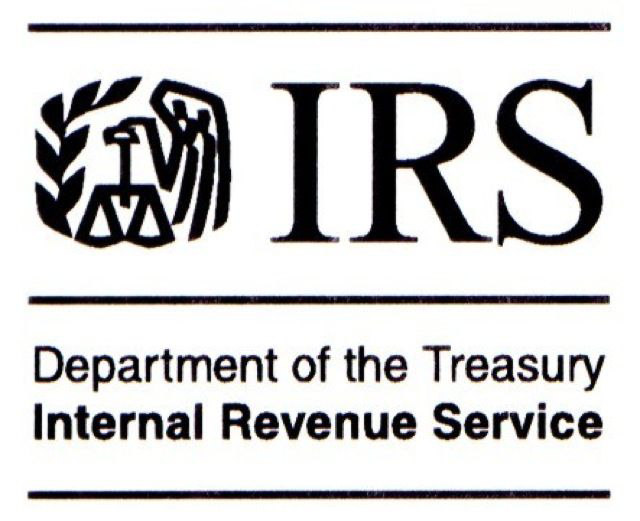Accounting
IRS expands eligibility for worker reclassification program
The IRS has announced a revision to its voluntary classification settlement program (VCSP) that provides partial relief from federal employment taxes for eligible taxpayers who agree to prospectively treat workers as employees.
Jan. 04, 2013

From Jim Buttonow’s “IRS Inside” blog.
On Dec. 18, the IRS announced a revision to its voluntary classification settlement program (VCSP) that provides partial relief from federal employment taxes for eligible taxpayers who agree to prospectively treat workers as employees. The original program, established in 2011, requires strict Form 1099 compliance, specific audit provisions, and assessment statute extensions, among other criteria. Recently announced changes to the original VCSP include the following temporary eligibility expansions:
- Taxpayers who are otherwise eligible for the original VCSP, but have not filed all required Forms 1099 for misclassified workers for the previous three years, are eligible for the expanded program.
- Taxpayers under income tax audit (not employment tax audit) are eligible.
- Taxpayers are not required to agree to an extended assessment statute of limitations on employment taxes.
The expanded eligibility comes with costs for taxpayers who apply. The payment for the temporary VCSP, which is determined using the reduced rates of IRC § 3509(b), is higher than the payment under the original VCSP, which is determined using IRC § 3509(a) rates.
Applicants must also self-assess a reduced Form 1099 nonfiling penalty. This penalty is between $50 and $100 per unfiled Form 1099, depending on the number of total unfiled forms, according to the IRS worksheet provided under the program. The maximum penalty is $10,000.
This expanded program will be available through June 30. To participate in the program, taxpayers must:
- Meet the eligibility requirements.
- Apply using Form 8952, Application for Voluntary Classification Settlement Program, and following the specific instructions under Announcement 2012-46.
- Enter into a closing agreement with the IRS.
How to Help Your Clients
As you close your clients’ books and prepare their 2012 returns, consider this temporary opportunity the IRS is extending. Here’s how.
First, investigate your client’s exposure to worker reclassification. Review your client’s payments, including vendor files, checks issued, cash payments and Form 1099 recipients. Determine whether your client has filed Forms 1099 on these workers in prior years. If your client has unfiled Forms 1099 for prior years, the temporary VCSP might offer your client the opportunity to reduce Form 1099 penalties and enable full compliance going forward.
Next, consider the VCSP. The original and temporary VCSPs provide worksheets to quantify your client’s liability. The tax computation for the original VCSP is on Form 8952. The worksheet for the temporary VCSP is in Announcement 2012-46. If you decide to apply under the temporary VCSP, closely follow the application instructions found in Part V of Announcement 2012-46.
Many practitioners are concerned that the IRS will share VCSP application information with other state and federal agencies. The IRS explicitly states that it will not share the information with states or the Department of Labor. The IRS also states that submitting a VCSP application will not trigger an IRS audit.
The expanded VCSP will cost your client more than the previous VCSP, but, for many taxpayers, it will provide the opportunity to address a substantial area of past noncompliance at much less cost than an employment tax audit.
—————–
Jim Buttonow, CPA, CITP, is Vice President of Product Development and Cofounder of the tax technology company New River Innovation. Jim’s professional mission is to apply emerging technology to problems faced by tax professionals after they file. He is a CPA and former Large Case Team Audit Coordinator for the IRS, where he worked for 19 years. Since leaving the IRS, Jim has represented many clients before the IRS. At New River Innovation, he is the chief architect of Beyond415 (Beyond415.com), an award-winning technology for tax practitioners to efficiently handle IRS issues, notices and audits.
Through Beyond415, Jim also develops and presents CPE series on IRS practice and procedure for issues that arise after filing, such as audits, notices and discrepancies. Jim regularly speaks on compliance trends and post-filing practice efficiency strategies for CPA and accounting firms.
Jim’s articles and blog posts have appeared in The Wall Street Journal, CPA Practice Advisor, Journal of Accountancy and various state CPA society magazines.
